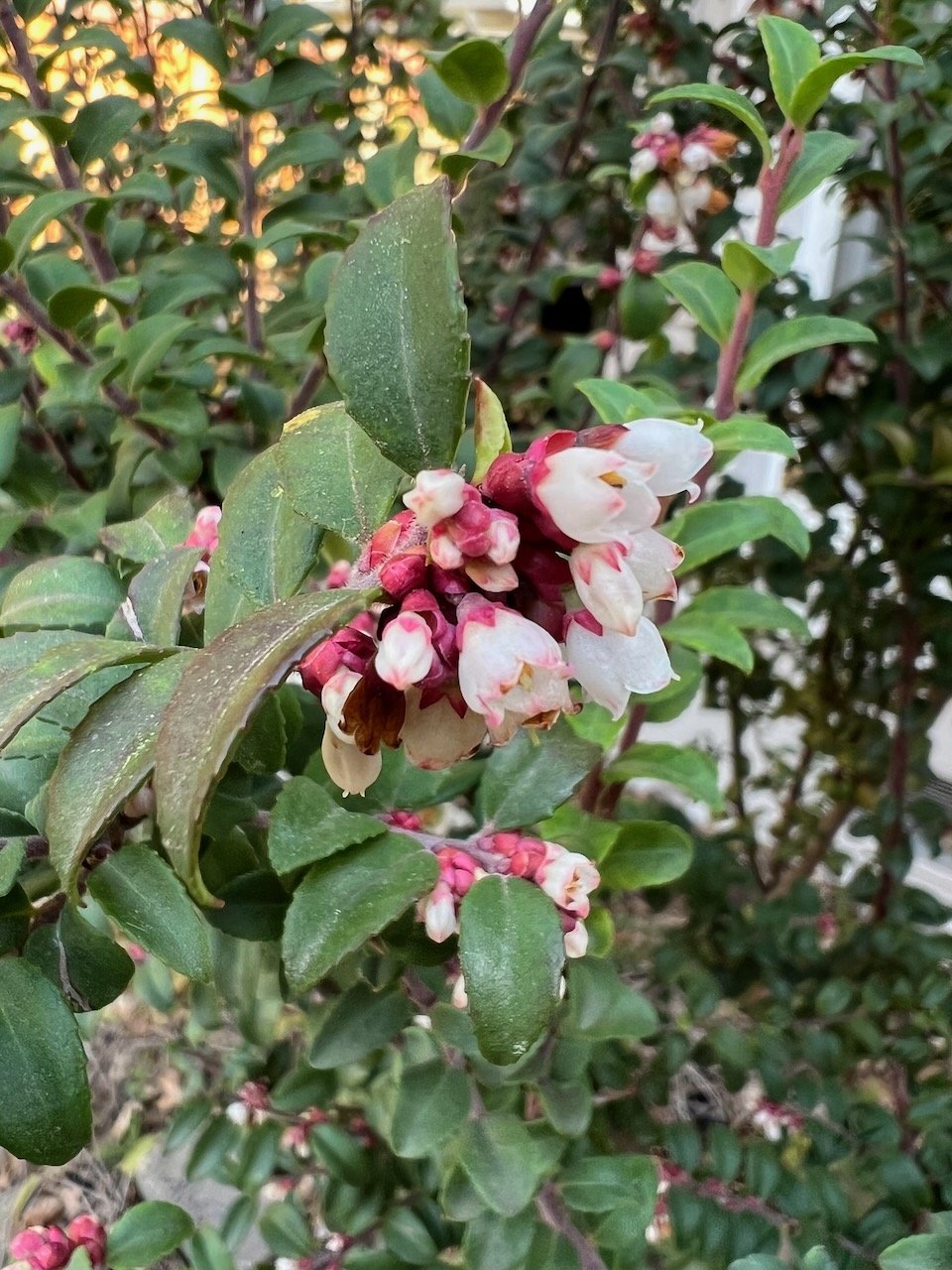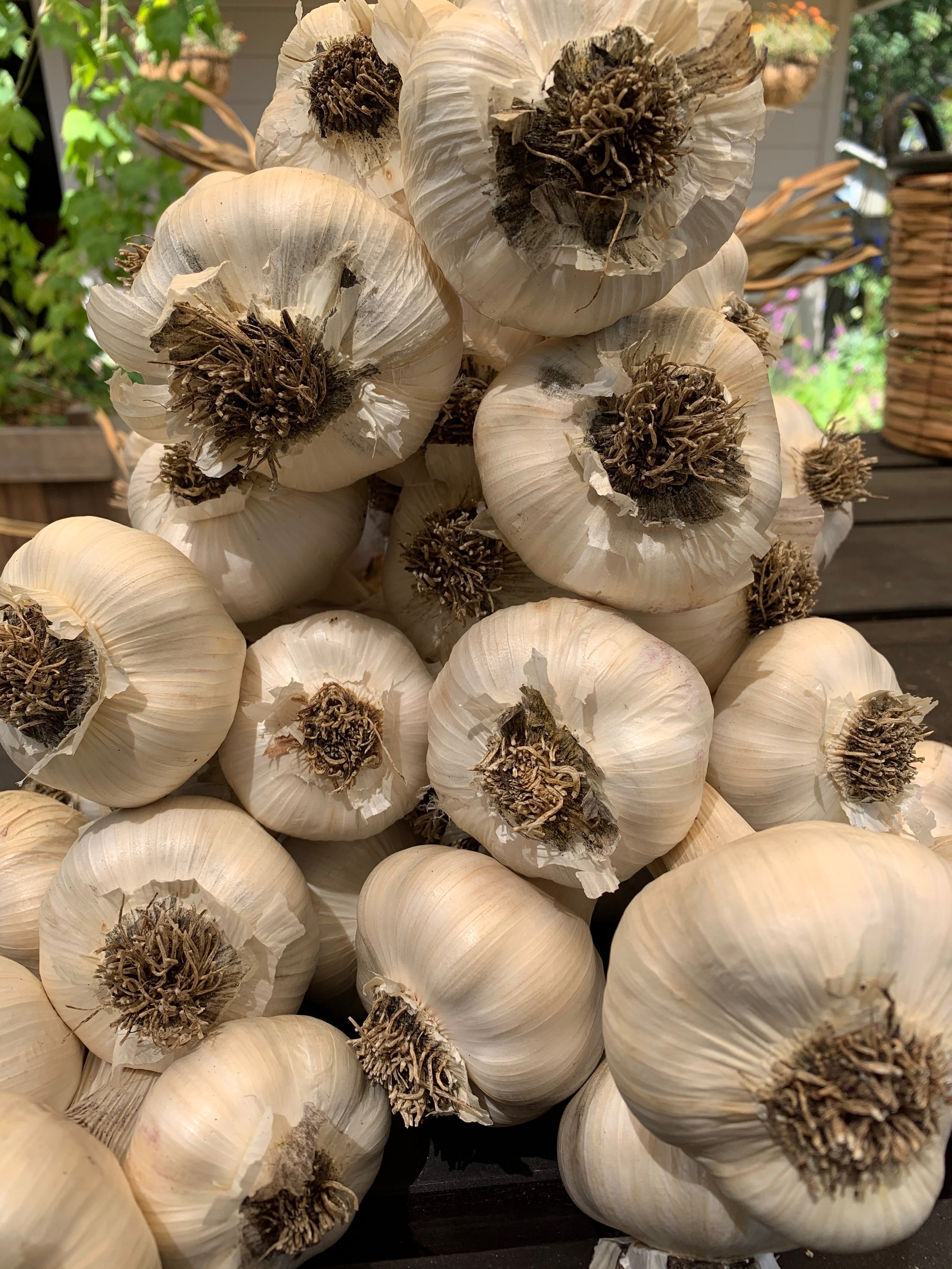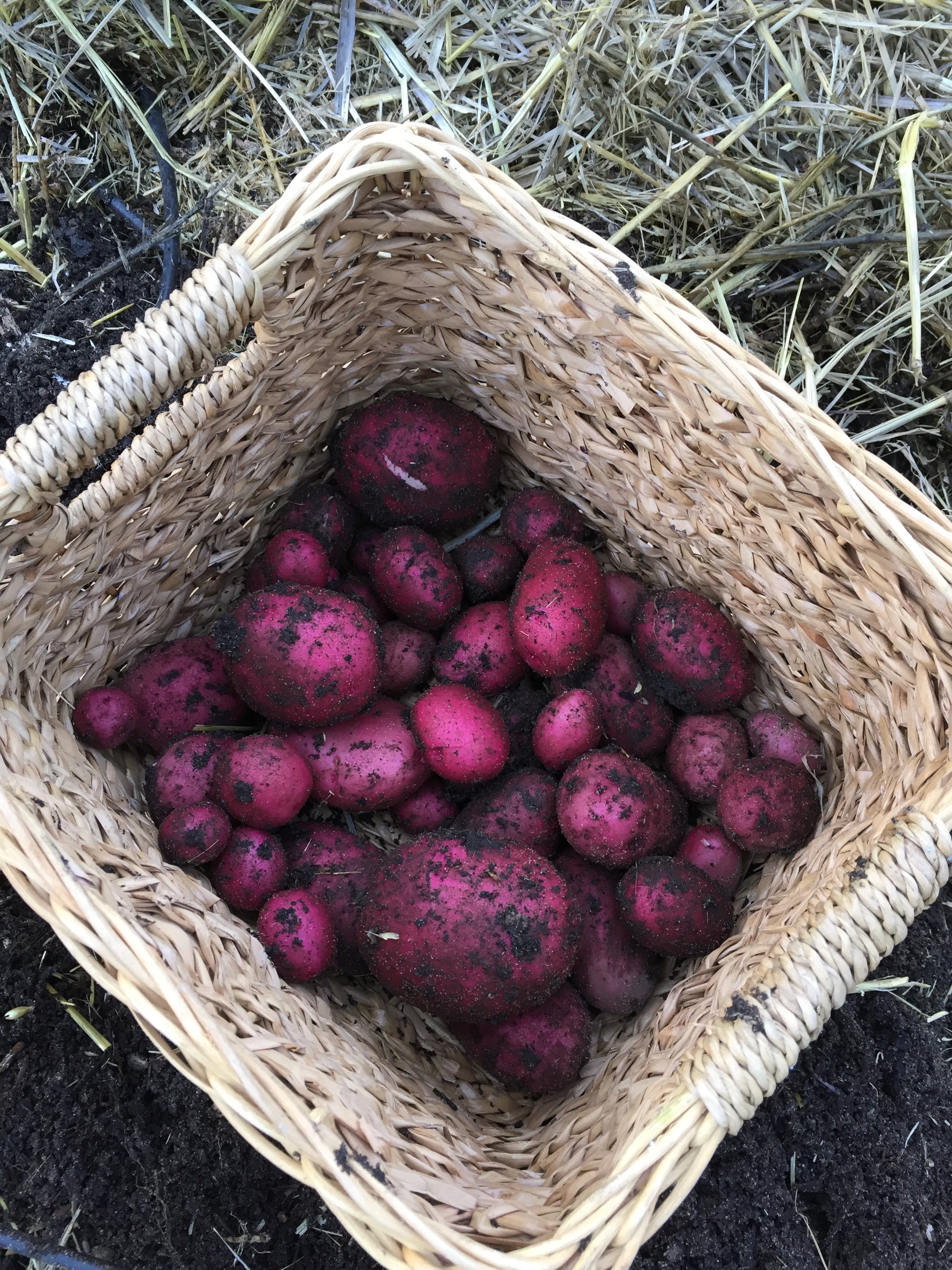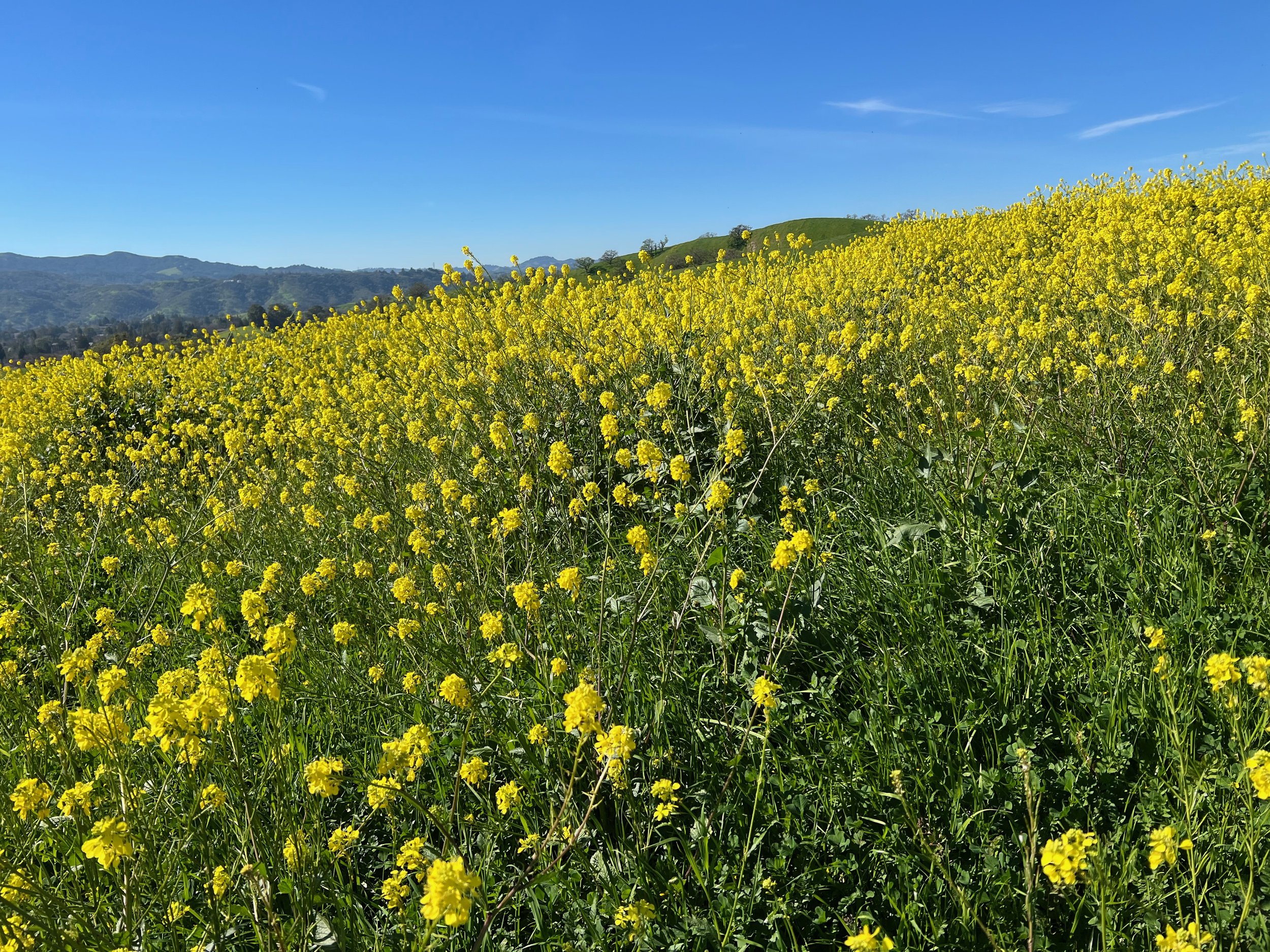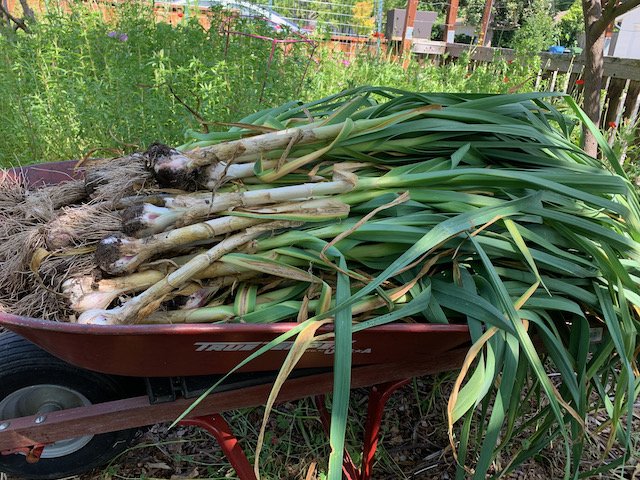Tonight, as a side dish to some tender Flat Iron steaks from Butcher Box (marinated in olive oil, soy sauce, balsamic vinegar, dijon mustard, a little coriander and smoked paprika, a couple of smashed garlic cloves, and plenty of pepper) seared in a hot cast iron pan, I made a gratin with fresh cabbage. It was delicious, and it occurred to me that you could use this recipe using any fresh greens from the garden or the CSA box.
It’s not even a recipe, really, more like a guide or a ratio. Take the fresh leaves of some sturdy green (cabbage, kale, chard, spinach, collards), remove the center ribs (feed those to your chickens or your compost pile), and slice the leaves into fat ribbons. You need about six generous cups of sliced greens. Boil a couple inches of water in a large pot (I use a Dutch oven). Add the greens and cook for a few minutes - cabbage needs about six minutes, spinach probably a scant two - until bright green and just wilted. Drain and set aside. Wipe out the pot, and heat it up again on medium. Add a splash of olive oil, then some chopped bacon (or pancetta, or Canadian bacon) and fry until crisp on the edges. Add 2-3 minced cloves of garlic and stir until just fragrant. Then add a cup of heavy cream. Lower the temp and add a cup of grated parmesan (or gruyere, or Swiss, or whatever) and then add back the greens. Cook over low heat until thickened a bit, 5-8 minutes. Add a little salt, a little pepper, and a grate or two of nutmeg. Sprinkle fresh breadcrumbs over the top, as much as you like. Then stick it under the broiler until brown and toasty on the top.
This would also be a fabulous main dish with a fried egg on top (and a runny yolk, natch).
I always have fresh breadcrumbs in the house these days, because I’ve been baking again. I got a book that I absolutely love - Bread, Toast, Crumbs by Alexandra Stafford - and it’s gotten me back into making bread. This isn’t the fancy (and difficult) sourdough that I made for years. This is simple yeasted bread, and it’s super easy. The recipes make two small loaves, generally, so we have enough for several meals. The cookbook is in three sections; the first part is dedicated to breads of all kinds, the second part consists of recipes to use the stale slices of bread, and the third section is full of recipes for the breadcrumbs. We’ve had some excellent things from this cookbook, like white bean gratin with sausage, which is what got me thinking about gratins made with greens.
I’ve been baking the loaves in two clay bread bowls from King Arthur flour company. They’re great.
image credit: King Arthur
We still have a lot of cauliflower yet to ripen in the garden, so soon our dinners will be full of that, I imagine. What are you cooking from your garden?

























